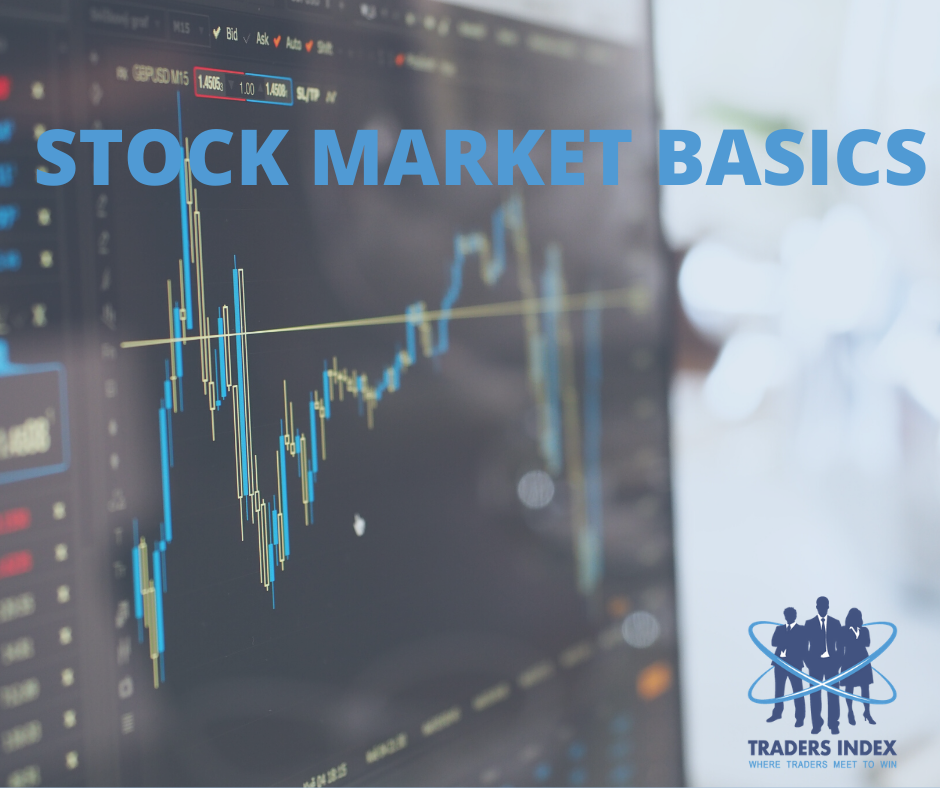Module 3 – 23 Understanding Dow Theory.
Understanding Dow Theory
Once you have covered everything mentioned in Module 2, you can slowly but steadily move to Module 2. In this section, we’ll be discussing the Dow Theory. It is one of the theories that you need to understand if you want to trade Forex successfully.
The Dow Theory is a concept of technical analysis. By using technical analysis, traders can benefit from identifying trends that occur in the market. Charles H. Dow created the Dow Theory, who also found the Dow Jones & Co, Inc. Even after Dow’s death in 1902, the Theory kept expanding.
Definition of Dow Theory
If the market shows an upward trend, it could be found using the Dow Theory. The trader can decide on a long position if the market shows a bullish trend, and if the market shows a bearish trend, the trader can focus on a short position. Dow Theory is utilized in identifying long, and medium tends only. It is not possible to forecast short term movements in the price by using this Theory. If you try to use this Theory, you might end up missing excellent trading opportunities. Dow Theory is above 100 years old, yet it stands as the basement for technical analysis.
Now that you know the definition of Dow Theory let’s see the components it deals with.
Major components of Dow Theory
Below we’ll discuss the major components of Dow Theory to understand it better.
- Efficient market with discounted information: This Theory follows the efficient market hypothesis. All the information is priced into a security. Some might not realize it, but information including earnings potential, news related to companies, and cash flow projections are integrated into the price.
- Market trends have three phases: As per the Dow Theory, three regular trends can be seen in the market. The bull market includes an accumulation phase, excess phase, and the public participation phase, where you will find significant moves. The bear market consists of the public participation phase, distribution phase, and panic phase.
- Both averages’ signals should match: If the trend needs to follow the Dow Theory, the averages must match the direction of each other. If DJTA and DJIA travel in a similar direction, it is possible to identify the trend. For example, if you witness DJTA down and DJIA up, you will not be able to establish a trend. As per the Theory, two indices must be linked.
- Trends countered by reversals: Either bull or bear that will continue until recognizable reversal can be included actually within the markets. If the traders want to trade successfully, they should ignore the weaker secondary movements and consider the larger picture of the market.
- Volume usually follows trends: The bull market volume should be increased to show the buying pressure. On the other hand, the bear market volume should be decreased to show the weakness within the market.
- Effects of three market trends: There are two states, such as the bull and bear market. The bull market will be a steadily rising market, whereas the bear market will be clearly falling. However, there are secondary trends such as sudden spikes that can impact the market. These secondary trends represent minor changes in prices, but they remain for a few weeks to months.
These are the main components that you need to know about Dow Theory. Apart from these, there are concerns that you must be aware of. Hence, let’s check them below:
Concerns related to Dow Theory
The closing prices are concerned with Dow Theory. As the Dow Theory deals with closing prices, it helps the traders to overcome white noise and focus on the relevant price movements.
The traders will be able to understand line ranges with the help of Dow Theory. The traders will trade after the broken security of horizontal trading range, which will ease the identification of a clear trend.
To gain an edge or to make profits from the markets, the traders can use the Dow Theory. Even though this Theory can be used perfectly, it is highly recommended to use the trader’s own analysis to trade the market.
These factors sum up the concerns related to Dow Theory. Before you learn the ways to trade using Dow Theory, it is better to understand how other economists and researchers made Dow Theory even after the death of the initial developer.
Contributors to the Dow Theory
After the death of the initial developer, the Dow Theory was expanded by other developers and researchers. Below are some of the must-know contributors:
- Robert Rhea’s “The Dow Theory”
- William P. Hamilton’s “The Stock Market Barometer”
- E. George Schaefer’s “How I Helped More Than 10,000 Investors To Profit In Stocks”
- Robert Rhea’s “The Dow Theory”
- Richard Russell’s “The Dow Theory Today”
The initial developer believed that the stock market has the power to measure the market condition; hence, by analyzing it, traders can identify the trend. The Dow Theory has been filtered through different stages and has included a lot of developments in past years. Some of the concepts related to the Dow Theory, which were steady back then are no more prominent. However, it is still believed to be one of the essential parts of technical analysis.

